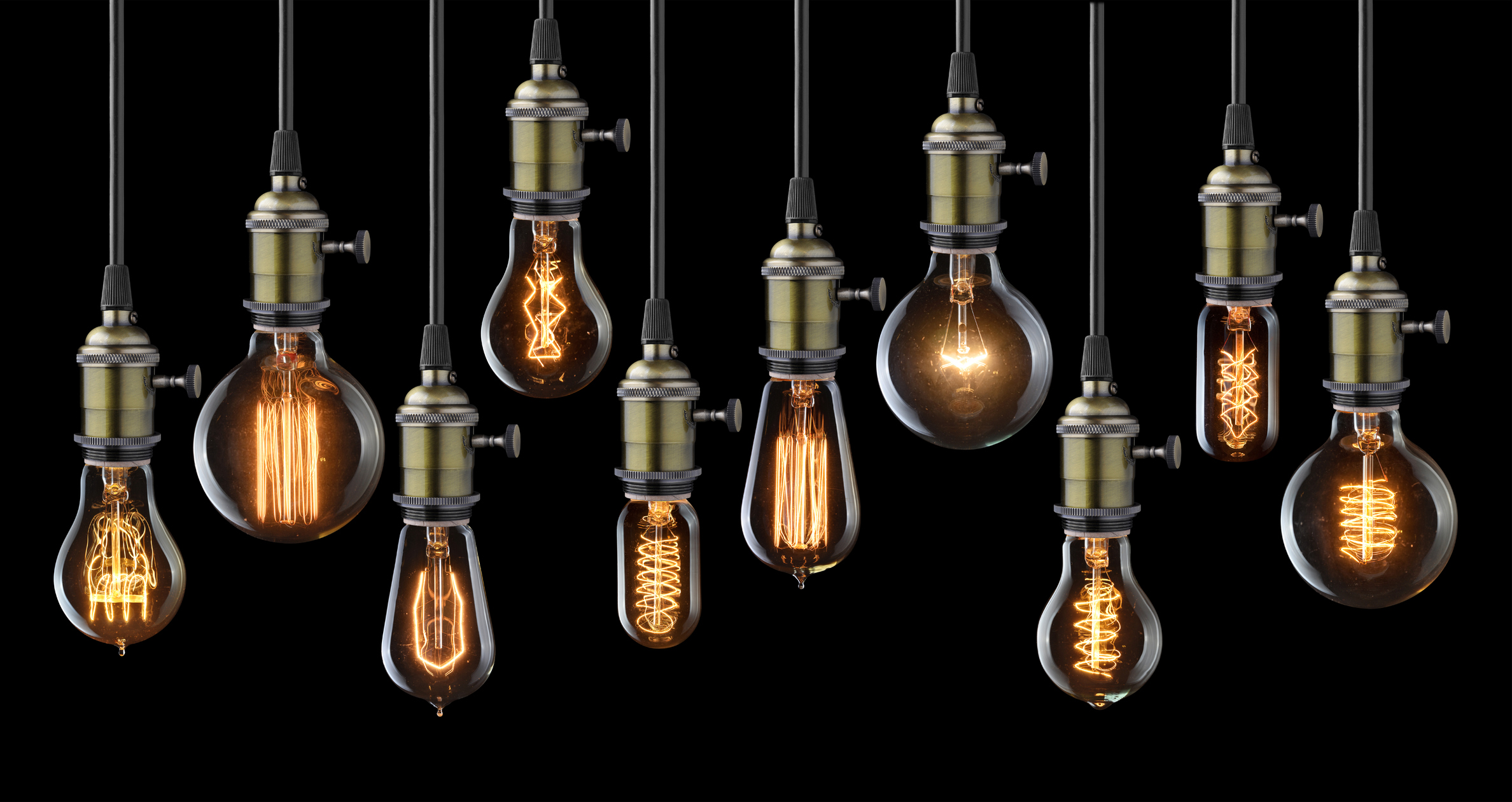Award Magazine, October 2018, by Stacey McLachlan
It’s one of the most powerfully affecting elements of a space, so it’s no surprise that designers and engineers put so much time and thought into lighting. We respond to it both consciously and unconsciously – lighting can set a mood, improve our health, or keep us safe. With more customizable options than ever before and an ever-growing selection of high-end LEDs to suit every need, lighting manufacturers and engineers have an exciting array of possibilities at their fingertips for 2019 and beyond.
In Control
For any thoughtfully designed space, lighting is about more than just illuminating the room, it’s an element that can powerfully affect the feeling and experience of a space. It’s no wonder that the demand for customization and control is ever-growing, as designers seek to fine-tune the effect of lighting for both the long and short term. “The two biggest trends I see right now are colour and control,” says Ben Rajewski, electrical engineer for Williams Engineering. “With the use of LED technology, providing coloured lighting has become easier than ever and colour
changing has become something many clients are looking for.” The Edmonton Valley Zoo is just one of Williams’ clients embracing this trend. For its new children’s area (Nature’s Wild Backyard), Williams will be creating a dynamic lighting project that includes colour changing lighting for rope bridges connected to climbing towers, lighting for animal exhibits including red pandas, monkeys and lemurs, lighting for underground tunnels and caves for viewing burrowing animals, lighting for glass lily pad art, barn lighting and colour changing site lighting to highlight the trees and structures. “It is exciting to work on a project with so many unique lighting demands,” says Rajewski. From zoos to retail spaces to homes, coloured, controlled LED is becoming the standard. “Facades, under-bench lighting, interior coves – overall it is becoming more prevalent throughout,” says Rajewski. The trend is to allow each individual space multi-level control of the lighting, which is easily done with LEDs and dimmers that allow users to control the space to their individual needs. “By having this control already in a space, controlling fixtures for dynamic colour changing has become easier to implement,” Rajewski notes. This increased control didn’t just come from consumer demand, however, it’s tied to the requirements from both the National Energy Code for Buildings (NECB) and LEED for high-user controllability. But obligation or no, it’s ultimately a good thing for everyone. Building owners are looking for energy-efficient, low maintenance, long-lasting lighting, and LEDs fit that bill perfectly. “I see the new standard for controllability to be a great addition to a building, allowing for both energy efficiency and high usability,” says Rajewski. “Spaces that don’t require dynamic control are becoming more energy efficient by adding occupancy sensing into them to turn lights off when not in use.”
Health Focused
Rajewski sees the potential of commercial, public, and health-care spaces moving towards a human centric lighting approach, with tunable white LEDs that match the colour temperature of the space with the time of day and natural lighting. “By using tunable white LEDs we can help keep an individual’s circadian rhythms in sync,” he suggests. “Early in the morning the lighting will be set for a more blue colour to match the rising sun, helping to wake up the occupant. Steadily, as the day progresses, the lighting will get warmer and leave out the blue light to let the melatonin production naturally occur. This allows individuals to hopefully organically wind down from their day at the office and go to sleep more easily.”
Finishing Touch
Whether it’s affecting our health and wellness, or just setting the perfect mood, whether it’s via a statement-making chandelier or an on-trend minimalist fixture, lighting is a powerful tool in any designer or architect’s arsenal. The more lighting options available, the better! “Architects are engaged in using lighting to create vibrant spaces and highlight the building in unique and interesting ways,” says Rajewski. “Lighting can be used to change the feeling of the space depending on the time of day or activity going on, and architects and lighting designers are delving into this whole heartedly.”
Read the full article: Shine-On
